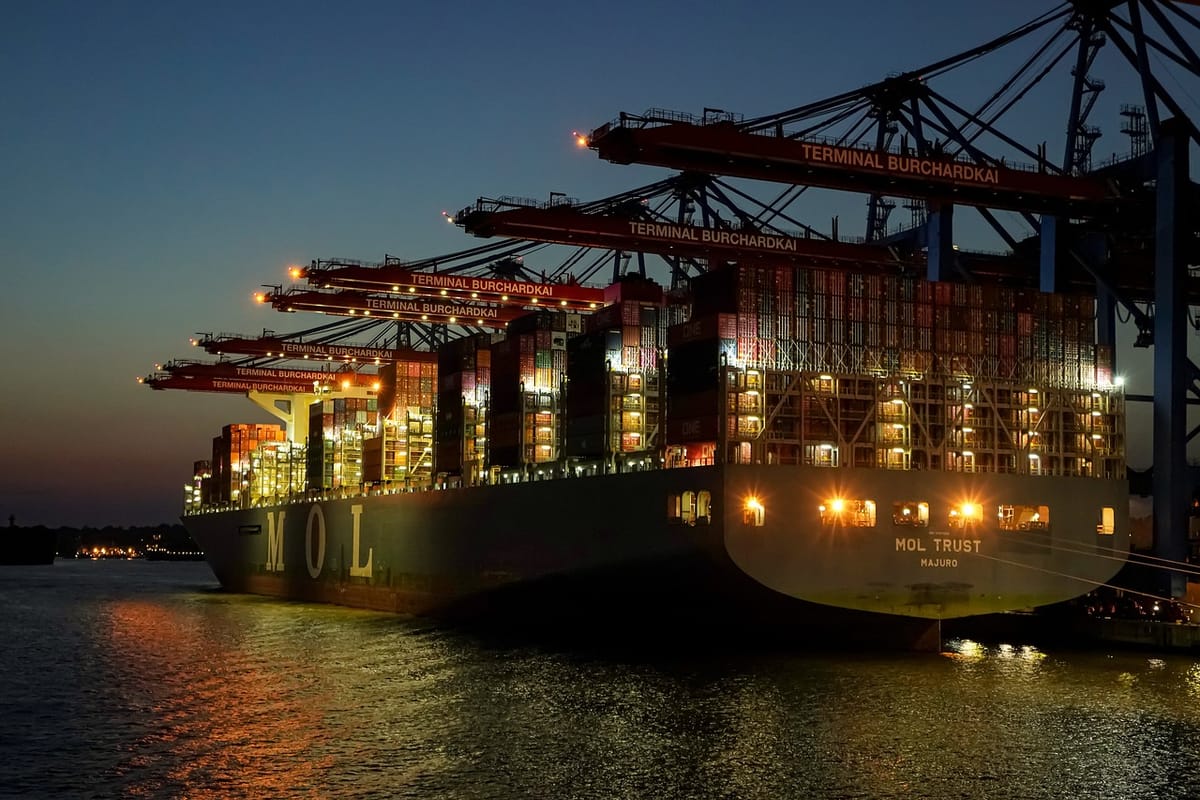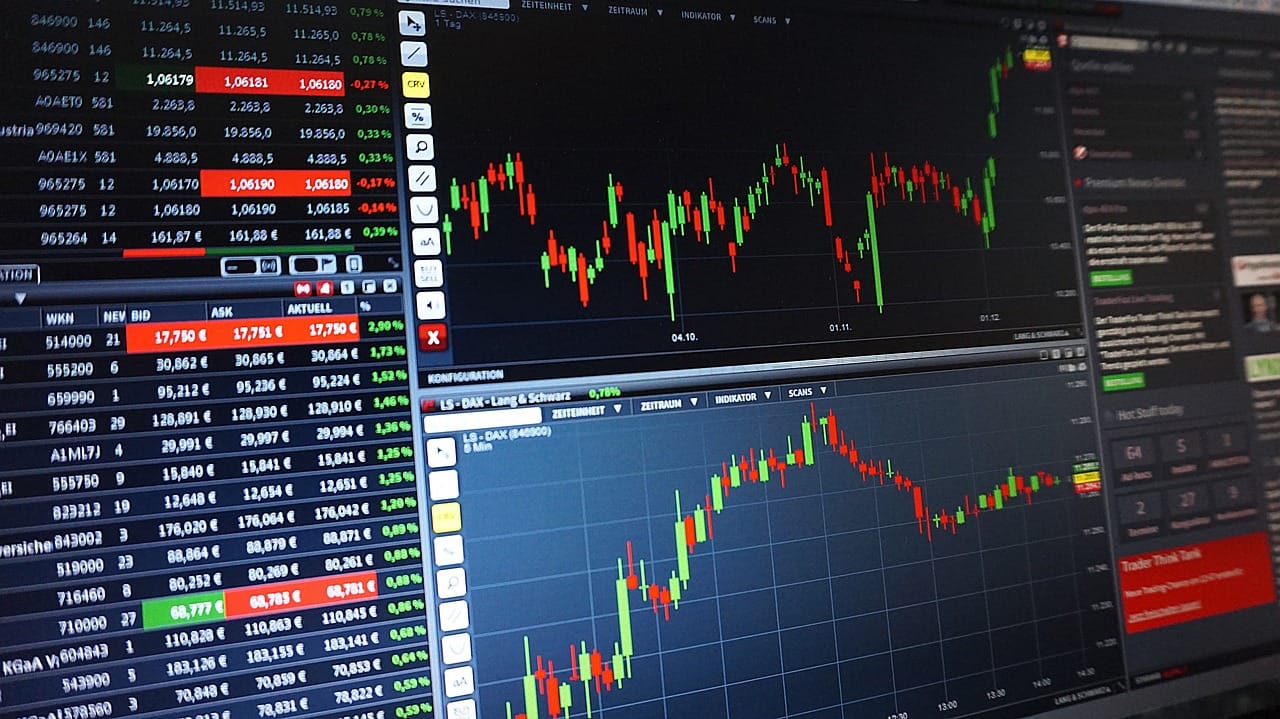The Ripple Effect: Analyzing the Impacts of Global Supply Chain Disruptions on Trade and Inflation
Analyze the ripple effects of global supply chain disruptions on trade and inflation. Gain insights into economic impacts, inflationary pressures, and trade complexities

Introduction to Global Supply Chains
Global supply chains play a vital role in today's interconnected world, facilitating the movement of goods and services across borders. These complex networks involve numerous stakeholders, including manufacturers, suppliers, distributors, and retailers, working together to deliver products to consumers worldwide. The efficiency and resilience of global supply chains are critical for maintaining stable trade and economic growth. However, recent events have highlighted the vulnerability of these networks to disruptions, which can have far-reaching impacts on trade and inflation.
Understanding Supply Chain Disruptions
Supply chain disruptions refer to any event or factor that interrupts the smooth flow of goods and services through the supply chain. These disruptions can occur at various stages, from production to distribution, and can be caused by a wide range of factors, including natural disasters, political unrest, trade disputes, and pandemics. When disruptions occur, they can lead to delays in production, shipping bottlenecks, increased costs, and reduced availability of goods in the market.
Impacts of Supply Chain Disruptions on Trade

Supply chain disruptions have significant implications for international trade. When key components or raw materials are unavailable or delayed, manufacturers may face challenges in meeting their production schedules. This can result in reduced export capacity and a decline in the competitiveness of domestic industries. Additionally, disruptions can disrupt the flow of goods between countries, leading to a decrease in trade volumes. This reduction in trade can have a ripple effect on the global economy, affecting businesses, consumers, and governments alike.
The Relationship between Supply Chain Disruptions and Inflation
Supply chain disruptions also have the potential to impact inflation rates. When the supply of goods is disrupted, the equilibrium between supply and demand is affected. If demand remains high while supply decreases, prices can rise, leading to inflationary pressures. This can be particularly problematic for essential goods and commodities, as higher prices can erode the purchasing power of consumers and put strains on household budgets. Inflationary pressures resulting from supply chain disruptions can also have implications for central banks and their monetary policies.
Case Studies of Major Supply Chain Disruptions and Their Effects on Trade and Inflation
Examining past supply chain disruptions provides valuable insights into the potential impacts on trade and inflation. For example, the 2011 earthquake and tsunami in Japan caused significant disruptions to the country's manufacturing sector, leading to reduced exports and higher prices for certain electronic components. The recent COVID-19 pandemic has also had a profound effect on global supply chains, with widespread lockdowns and travel restrictions disrupting production and distribution networks worldwide. These disruptions have resulted in shipping delays, production bottlenecks, and increased freight costs, affecting businesses and consumers across multiple industries.
The Economic Effects of Logistics Challenges in Global Supply Chains
Logistics challenges, such as shipping delays and transportation bottlenecks, can have far-reaching economic effects. Delays in the movement of goods can disrupt production schedules and reduce the availability of products in the market. This can lead to lost sales, decreased revenue, and increased costs for businesses. Moreover, logistics challenges can create uncertainty in the supply chain, making it difficult for businesses to plan and make informed decisions. The economic effects of these challenges can be particularly pronounced in industries heavily reliant on global supply chains, such as manufacturing and retail.
Market Dynamics and the Ripple Effect of Supply Chain Disruptions

Supply chain disruptions can create a ripple effect throughout the market, impacting various sectors and stakeholders. For example, when a key component or raw material becomes scarce, manufacturers may need to find alternative suppliers or adjust their production processes. This can lead to increased costs and potential delays in delivering finished products to customers. Furthermore, disruptions in one industry can spill over to other sectors, as businesses and consumers adjust their behavior in response to supply shortages or price increases. The ripple effect of supply chain disruptions can have lasting consequences for the global economy.
Strategies for Mitigating the Impacts of Supply Chain Disruptions
Businesses can employ several strategies to mitigate the impacts of supply chain disruptions. Firstly, diversifying suppliers and establishing backup plans can help reduce reliance on a single source. This can provide flexibility and resilience in the face of disruptions. Secondly, implementing technology solutions, such as real-time tracking systems and predictive analytics, can enhance visibility and enable proactive decision-making. Additionally, building strong relationships with suppliers and maintaining effective communication channels can facilitate collaboration and problem-solving during disruptions. Finally, investing in risk management strategies and contingency plans can help businesses better prepare for and respond to supply chain disruptions.
The Role of Government Policies and Trade Barriers in Global Supply Chains
Government policies and trade barriers can significantly influence the functioning of global supply chains. Tariffs, quotas, and other trade restrictions can disrupt the flow of goods and increase costs for businesses and consumers. Conversely, trade agreements and facilitation measures can promote smoother trade flows and enhance the efficiency of supply chains. Governments also have a role to play in supporting businesses during disruptions, through measures such as financial assistance, regulatory flexibility, and infrastructure investments. Finding the right balance between protecting national interests and fostering global trade is crucial for the future of global supply chains.
The Future of Global Supply Chains in a Post-Pandemic World
The COVID-19 pandemic has highlighted the vulnerabilities and risks associated with global supply chains. As businesses and governments navigate the challenges of recovery and rebuilding, there is an opportunity to rethink and strengthen these networks. This may involve diversifying supply sources, reshoring production capabilities, and investing in resilience and sustainability. Technology, such as blockchain and artificial intelligence, can also play a pivotal role in enhancing transparency and traceability within supply chains. The future of global supply chains lies in finding innovative solutions that balance efficiency, flexibility, and resilience.
Conclusion: Navigating the Challenges and Opportunities in Global Supply Chains
Global supply chains are complex and interconnected systems that drive international trade and economic growth. However, they are also vulnerable to disruptions that can have significant impacts on trade and inflation. Understanding the relationship between supply chain disruptions, trade, and inflation is crucial for policymakers, businesses, and consumers alike. By implementing strategies to mitigate the impacts of disruptions, fostering collaboration, and embracing innovation, we can navigate the challenges and seize the opportunities presented by global supply chains. As we look to the future, it is imperative to build resilient and sustainable supply chains that can withstand unforeseen events and contribute to a robust global economy.
CTA: As businesses and individuals, it is essential to stay informed about the dynamics of global supply chains and their potential impacts. By understanding the risks and opportunities presented by disruptions, we can make informed decisions and contribute to the stability and growth of the global economy.
For an article titled "Global Supply Chain Disruptions: Impacts on Trade and Inflation," the keywords could be:
Global Supply Chains, Supply Chain Disruptions, Trade Impact, Inflation, Economic Effects, Logistics Challenges, International Trade, Market Dynamics, Shipping Delays, Production Bottlenecks, Economic Recovery, Consumer Prices, Global Economy, Trade Barriers, Manufacturing Delays, Freight Costs, Business Operations, Economic Uncertainty, Supply Demand Imbalance, Globalization Challenges.




